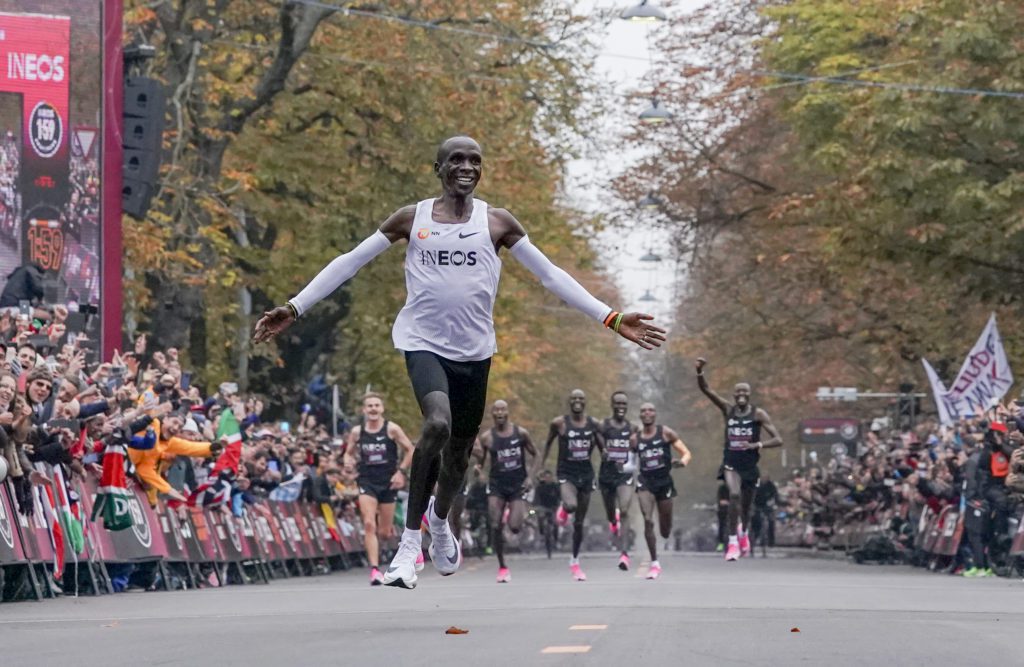The argument for strength training in running plans
New research shows why strength training can improve our endurance based on human evolution

The cross-training and strength training debate is one that’s longstanding in the running community. Some argue that strength training is imperative for improved running efficiency and overall output, while others think that running more improves endurance and output. A recent study out of the Journal of Human Biology outlines the role strength plays in endurance, based on humans’ evolution, and why runners who are looking to make gains should look at lifting.

RELATED: How you should be warming up (but probably aren’t)
How does something that’s not specific to your sport help you improve? That’s the argument that has long been presented by runners who oppose lifting or cross-training. However, new research suggests that athletes are now demanding more of our bodies than our ancestors, and that we have to make training changes accordingly.
RELATED: Poor sit-and-reach results can mean better running economy
Strength training improves the capability of type II fibres
According to the research, humans have more type I muscle fibres than type II. However, the type II fibres are trainable through strength work. In endurance running, when the type I fibres have fatigued, the type II fibres can provide backup.
While humans have evolved to be an endurance-capable species, authors point out that our bodies were designed for foraging and gathering, not marathon training. “Early humans almost certainly did not engage in the repetitive, high‐volume training of modern athletes, they did not have the essentially unlimited food supply that modern athletes have and a study of our evolutionary history reveals why our muscle physiology does not perfectly match capacity to demand in response to physical training.”
That’s why developing the type II fibres through strength training has become more important – we’re now asking much more of our bodies than we have historically.
RELATED: Why high mileage can cause a performance decrease in some runners

Tendon stiffness
Studies report that tendon stiffness plays a huge role in running economy and is improved through strength training. In fact, Trent Stellingwerff, a physiologist based out of Victoria, explained earlier this year that stiffness plays a role in running economy, and, to a certain point, the stiffer you are, the more efficient your running is. A 2002 study looked at the relationship between running economy and sit-and-reach performance (the touch-your-toes test), and they found that the least flexible runners were also the most economical.

There’s a point of diminishing returns
If endurance athletes strength-train too much, something known as the interference effect begins to happen. The interference effect is when strength training impairs endurance adaptations (too much type II, not enough type I). This can happen through increased muscle mass, making runners unnecessarily strong for their chosen event.
Overall, evolution and research on the topic point to the fact that strength training can improve endurance if it’s done in the right way. The two key takeaways if runners are going to try strength training are: don’t overdo it and make sure you’re eating enough. If you follow those guidelines, strength training should make you a stronger and subsequently a more efficient runner.


